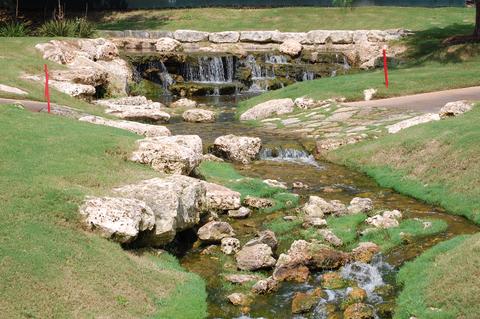If you owned a two bedroom, two bath 1,500 square foot apartment that you could convert to a 4,000 square foot brand new home, designed to your specifications, on an acre of land, with views of lake, mountains or golf course - or all three for that matter - how tempting would that be? The average homeowner in London, England could do that right now.
Real estate appreciation over the last decade in London has been wild, fueled by Russian oil barons, wealthy industrialists from emerging India and investors from other resource rich countries. It is getting so that the British can't afford to live in their own capital city anymore (residents of New York City will understand this). Astronomical housing prices - a median price of almost $800,000 in London -- also means that people who provide essential services, like sanitation, subway (Tube) and building maintenance workers, can't afford to live where they work. Soon, the urban rich will be bidding against each other to determine whose toilets (loos) get cleaned.
I am old enough to remember the heady days of the strong dollar. We Americans traveled far and wide, bragging to our friends and neighbors about the bargains we picked up overseas. My wife and I, for example, bought beautiful wool sweaters on our honeymoon in Greece for about $20 nearly three decades ago. I get teary eyed when I recall what we paid for our hotel room on Corfu and for our meals.
We were surprised to hear a fair bit of English spoken in the mountain villages on Corfu. We shouldn't have been. Immigrants from Greece, Ireland and other European countries had been coming to the U.S. for decades, working and saving enough to return years later to the lands of their birth, where they bought the biggest homes in their villages and lived out their days like kings and queens. The strong dollar in the Land of Opportunity did this.
The U.S. is still the Land of Opportunity, only now the opportunity is to buy American and buy it cheap, whether it is a great college education, a Gulfstream jet or a nice house in a golf course community. The U.S. dollar is currently pegged at less than one half the British pound. In a manner of speaking, U.S. housing is on sale at 50 percent off for many overseas investors, more if you consider the softness in some markets in the U.S. This is our way of making it up to owners of homes in London, whose market own real estate market now seems to be peaking, thanks to a low quality export from the U.S. - the sub-prime mortgage.
If you are interested in golf community property in the U.S.,
send me a note indicating what kind of home, golf course and community you are looking for, and I will be happy to offer some ideas by return note, with no obligation to you whatsoever (and I had nothing to do with the sub-prime mess!)
























